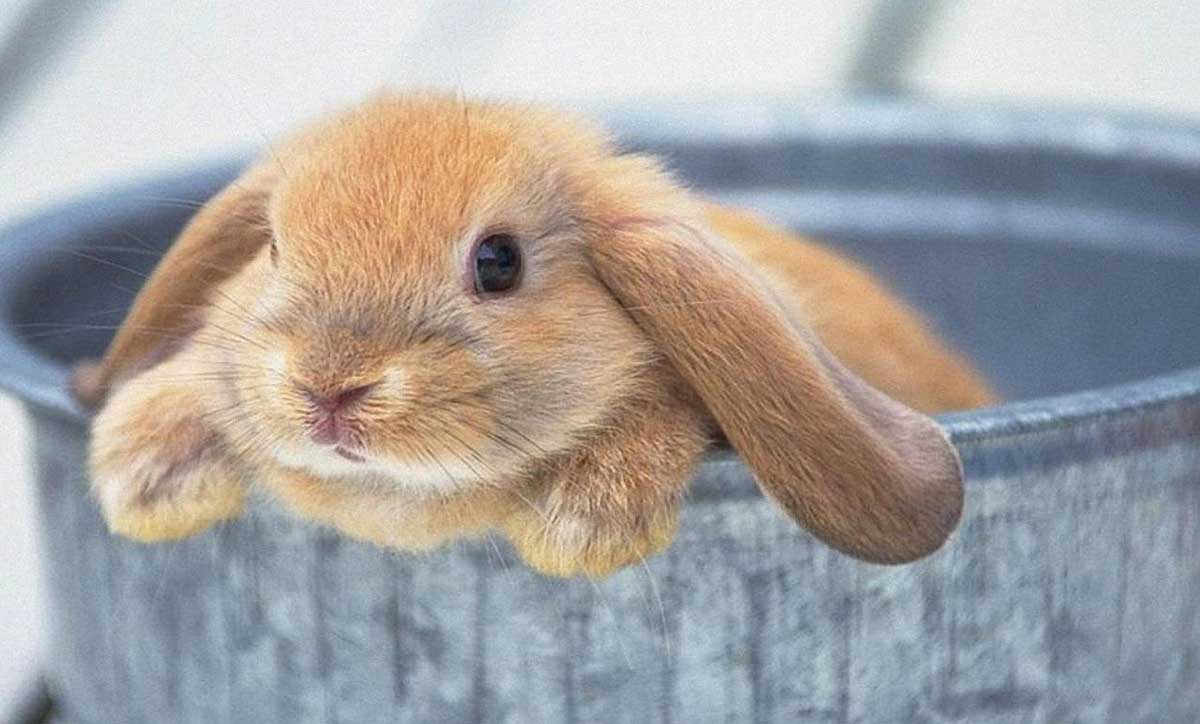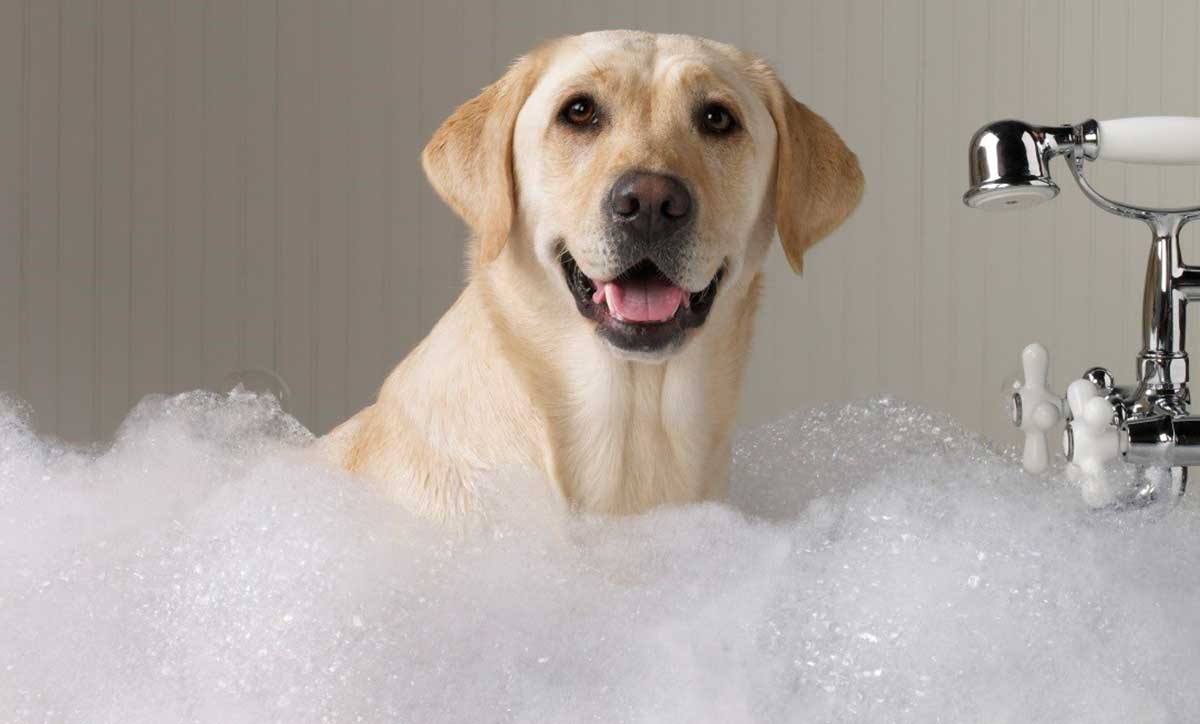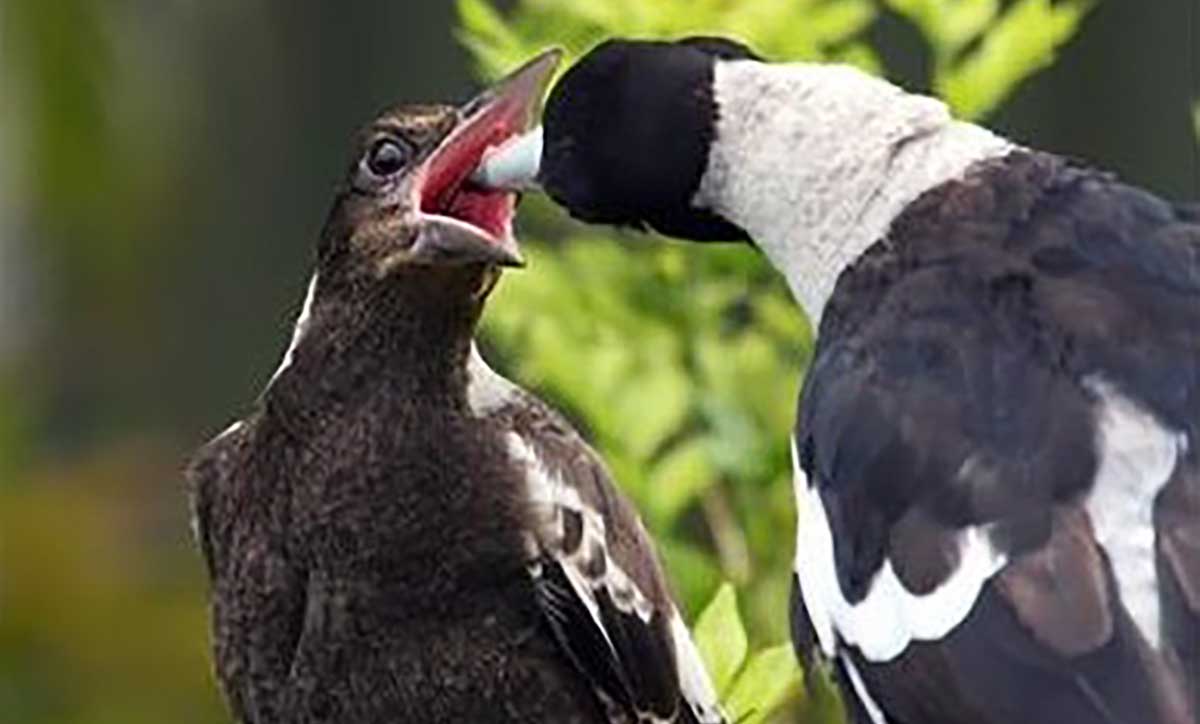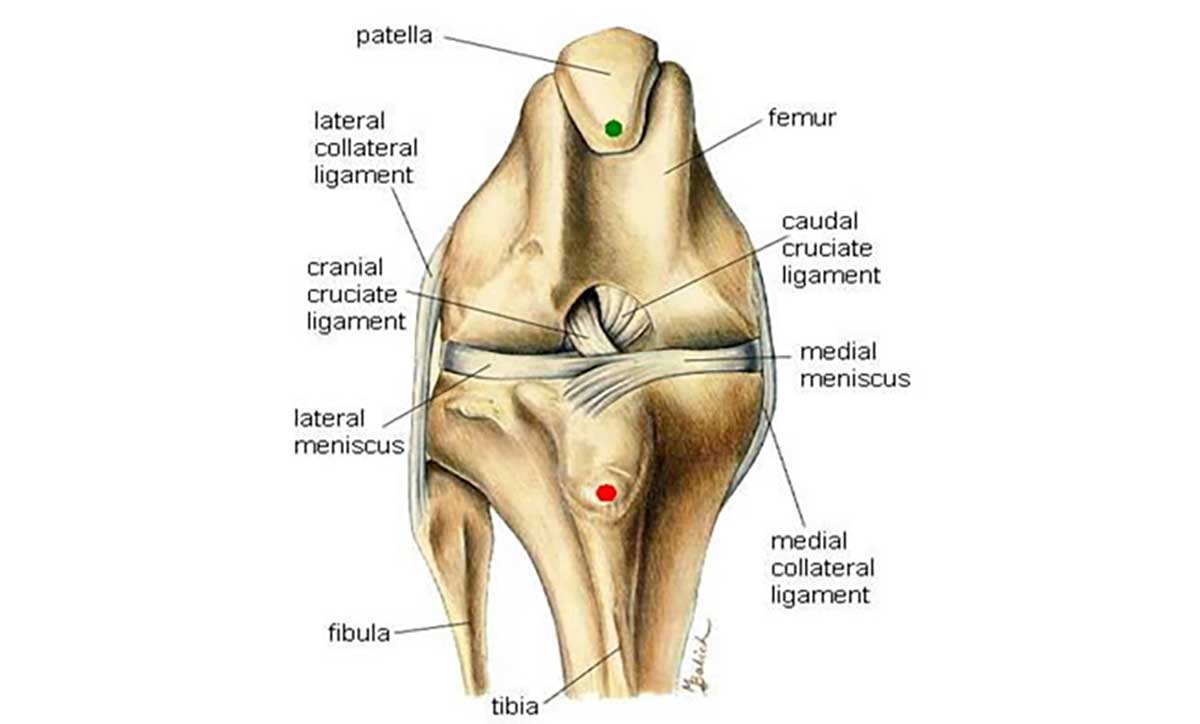Rabbits as Pets
Rabbits are becoming increasingly popular pets as more people discover their endearing sociable nature and entertaining antics. They are suitable for children and adults alike and are ideal pets if you live in a unit or have a small backyard. However, they have some very unique care requirements if they are to remain happy and healthy.
Housing
Rabbits require a hutch that provides adequate shelter from the weather and also safety from predators such as dogs, cats and foxes. The hutch should have an enclosed, dry area which provides protection from wind and rain for the rabbits to rest in. This area should be lined with a bedding of soft hay or straw which is changed regularly to keep it fresh. The hutch should also have a good-sized exercise area where the rabbit has room to run and toilet. If the hutch is kept inside then an outdoor exercise area should also be provided if possible, to allow your rabbit access to sunlight and fresh grass.
Outdoor hutches should always be covered with flywire to exclude mosquitoes which spread the deadly myxomatosis virus. There is no vaccine in Australia for this disease so prevention is crucial. Rabbits are also prone to heatstroke and for this reason, outdoor hutches should be made of wood rather than metal and be located in a shaded area. It is important to clean the hutch at least every second day by removing any soiled or wet bedding. Maintaining a clean environment for your rabbit will reduce the risk of respiratory and skin diseases.
Diet
Feeding an appropriate high-quality diet is the single most important thing you can do to help your rabbit stay healthy. Fibre is essential for rabbits to maintain healthy gut function and is also important for wearing down their teeth which are constantly growing. Failure to feed enough fibre is the most common cause of illness in pet rabbits in Australia. A good high fibre diet starts with unlimited amounts of fresh grass or good quality fresh hay. Good quality fresh hay will have a strong sweet smell and contain a high proportion of leaf to stem.
The diet should also be supplemented with small quantities of fresh fruit and vegetables. Avoid feeding potatoes, onions, rhubarb leaves, avocado or large quantities of lucerne hay since these can be toxic. New foods should be added to your rabbit’s diet slowly to avoid tummy upsets.
Small quantities of commercial rabbit food are helpful to ensure your rabbit is getting adequate vitamins and minerals. Rabbit pellets (such as Oxbow) are preferable to muesli style mixes which contain a combination of chaff and grains. When fed muesli style mixes, most rabbits will selectively eat the grains which are high in sugars and oils rather than the chaff which is high in fibre and this leads to both obesity and tummy upsets. Commercial rabbit food should not make up more than 10 per cent of a pet rabbits diet.
Rabbits need to drink a lot so always provide fresh, cool drinking water and consider adding ice cubes to the water on hot days to help them stay cool.
Preventative Care
All pet rabbits should be vaccinated annually against calicivirus, which was introduced to Australia to control the wild rabbit population. This disease is rapidly fatal and there is no effective treatment so vaccination is essential.
It is also important to desex both male and female pet rabbits. This improves their behaviour towards humans and other rabbits by reducing aggression, scratching, biting and thumping and making them more affectionate. In female rabbits, it also prevents uterine and ovarian cancers which affect 80% of non-desexed females by 4 years of age. As a bonus, it also prevents unwanted pregnancies.
Health Problems
Wild rabbits are preyed upon by a wide range of predators and so have evolved to hide signs of illness. Consequently, a sick rabbit is often more seriously ill than it first appears and it is important to have them examined by a vet sooner rather than later. All of our vets at Berwick Springs veterinary hospital are experienced rabbit vets and are proficient at rabbit medicine and surgery.
Heat Stress
Rabbits are very susceptible to heat stress once the temperature rises above 30ºC. For this reason, you should position their hutch in the shade and check them regularly in very hot weather. If temperatures rise above 35ºC then consider bringing them inside until the temperature drops.
Myxomatosis
Myxomatosis is a viral disease which was introduced into Australia to control the wild rabbit population. Unfortunately, pet rabbits are just as susceptible and many pet rabbits die from myxomatosis each year. The virus is spread by mosquitoes so rabbits should be confined indoors or in a mosquito-proof hutch during periods when mosquitoes are active such as dawn and dusk.
Dental Disease
Rabbits frequently suffer from dental problems including overgrown teeth and dental abscesses. This is usually caused by poor diet however genetics also plays a role in some breeds. Good dental health starts with a diet high in fibre and silicates to wear down the teeth which continue to grow at a rate of 2-3mm per week. Overgrown teeth can lead to weight loss, severe pain and discomfort and this will often progress to tooth impaction and dental abscesses developing.
Mites
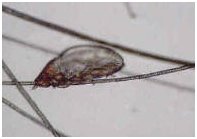
Fur mites are a common skin problem for pet rabbits. They cause dandruff, hair loss and even scabs on the skin if left untreated. If your rabbit shows any of these signs then take them to your vet who will confirm the diagnosis and recommend a mite treatment which is safe for rabbits.
Gut Stasis
Gut stasis is a condition where the gut stops working and becomes overpopulated with bad bacteria which produce dangerous toxins. This can occur if your rabbit has a rapid change of diet, is painful or becomes unwell for any other reason. If your bunny stops eating or stops producing droppings, take them to a vet immediately because treating them quickly provides the best chance of a full recovery.
Handling
Rabbits make great pets for children. However, they must be handled appropriately so they do not injure themselves or the handler. It is important to handle rabbits regularly, especially when they are young so that they develop a positive bond with humans. When picking up a rabbit, always have one hand supporting the bunny’s bottom and hold them close to your chest or on your lap so they can rest their feet and feel secure. It is best for children to be seated whilst holding a rabbit to avoid the rabbit falling.
